Learn how to choose the perfect tree for your yard – make the right decision with our expert checklist
These are the 10 key considerations when choosing a tree
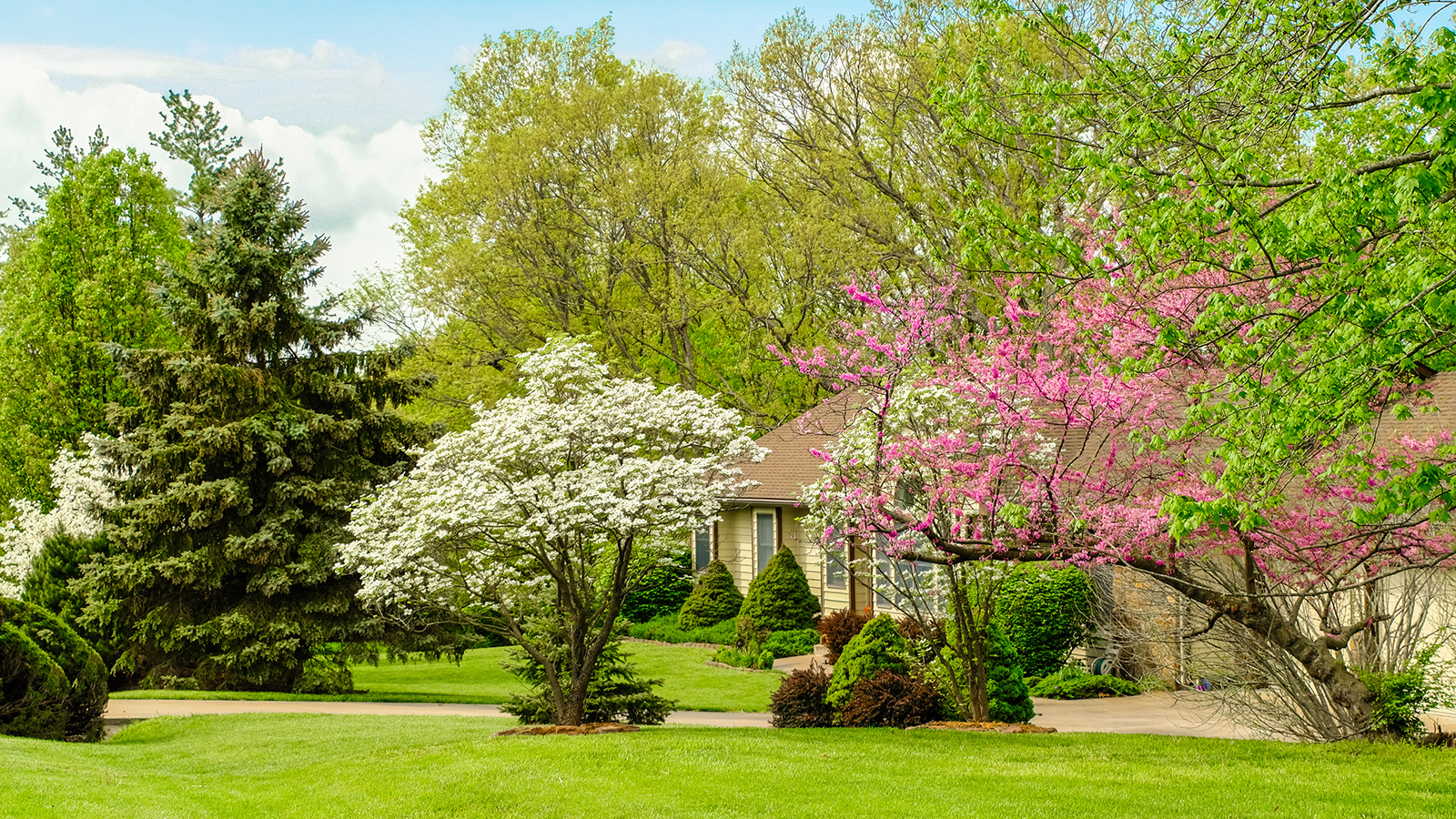
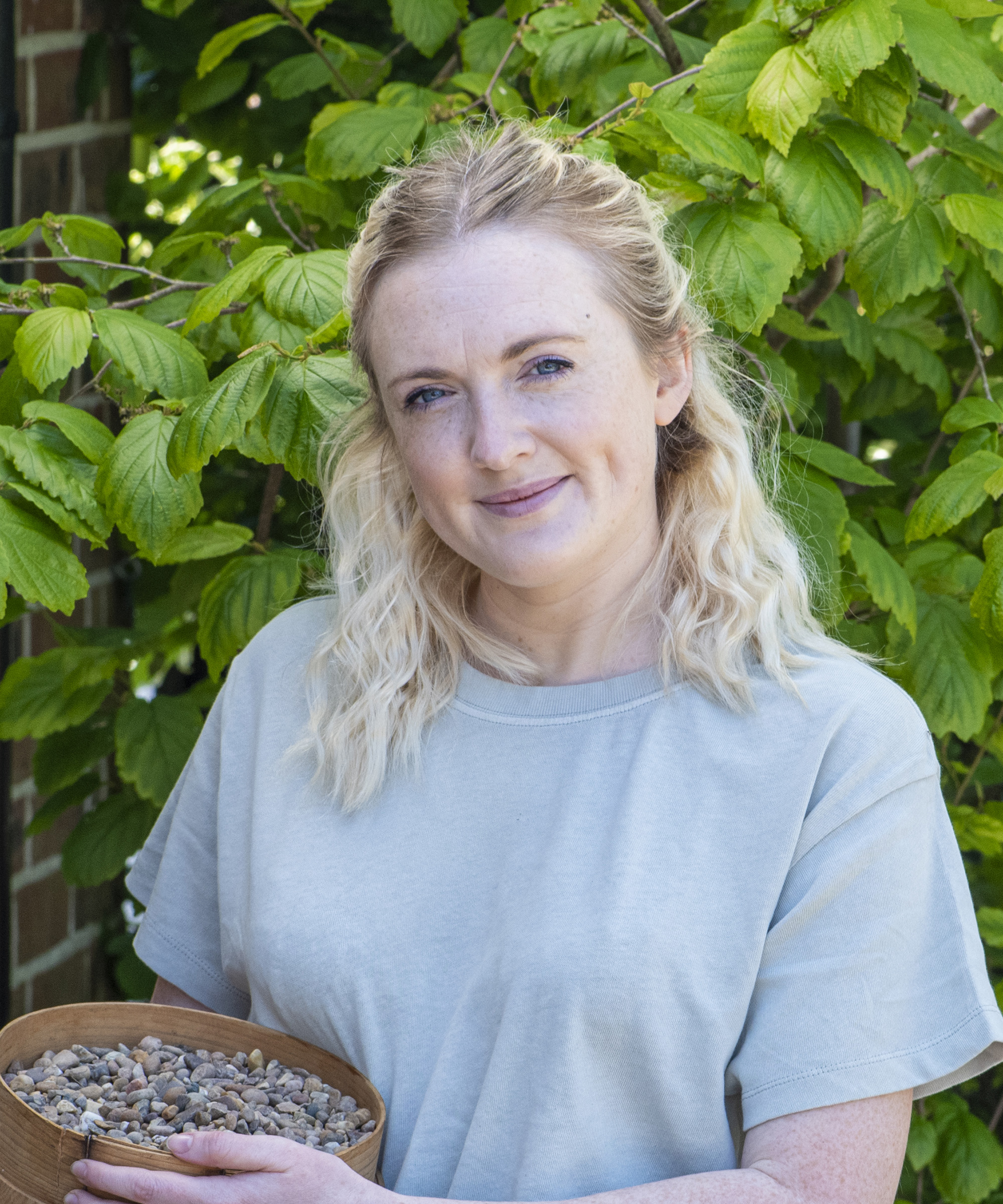
Choosing a tree for your backyard ideas is something you should give careful consideration to. The right tree in the right place not only adds greenery, structure and height, but some will even give you flowers, fruit, or colorful bark. They attract and aid wildlife, and – being so big – add a soulfulness that other plants can’t offer.
But in order to avoid potential issues later on, time should be taken on deciding the best trees for your plot. 'There is a suitable tree for every situation,' says Tony Kirkham, head arborist at the Royal Botanic Gardens, Kew in the UK.
'Having estimated the maximum size that the space can accommodate and the conditions in the potential site, you can then go deeper into the tree’s ornamental attributes,' he adds. 'Trees have many features that we can enjoy through the seasons: for example, the leaf size, shape and color; flowers; fruits; and bark.'
Whichever tree you choose, it will help you to be more eco-friendly, and this is why many leading garden designers are using more trees to create woodland-style gardens.
'Besides their sheer beauty and elegance, trees give a whole range of benefits which affect the wider environment,' says Tony.
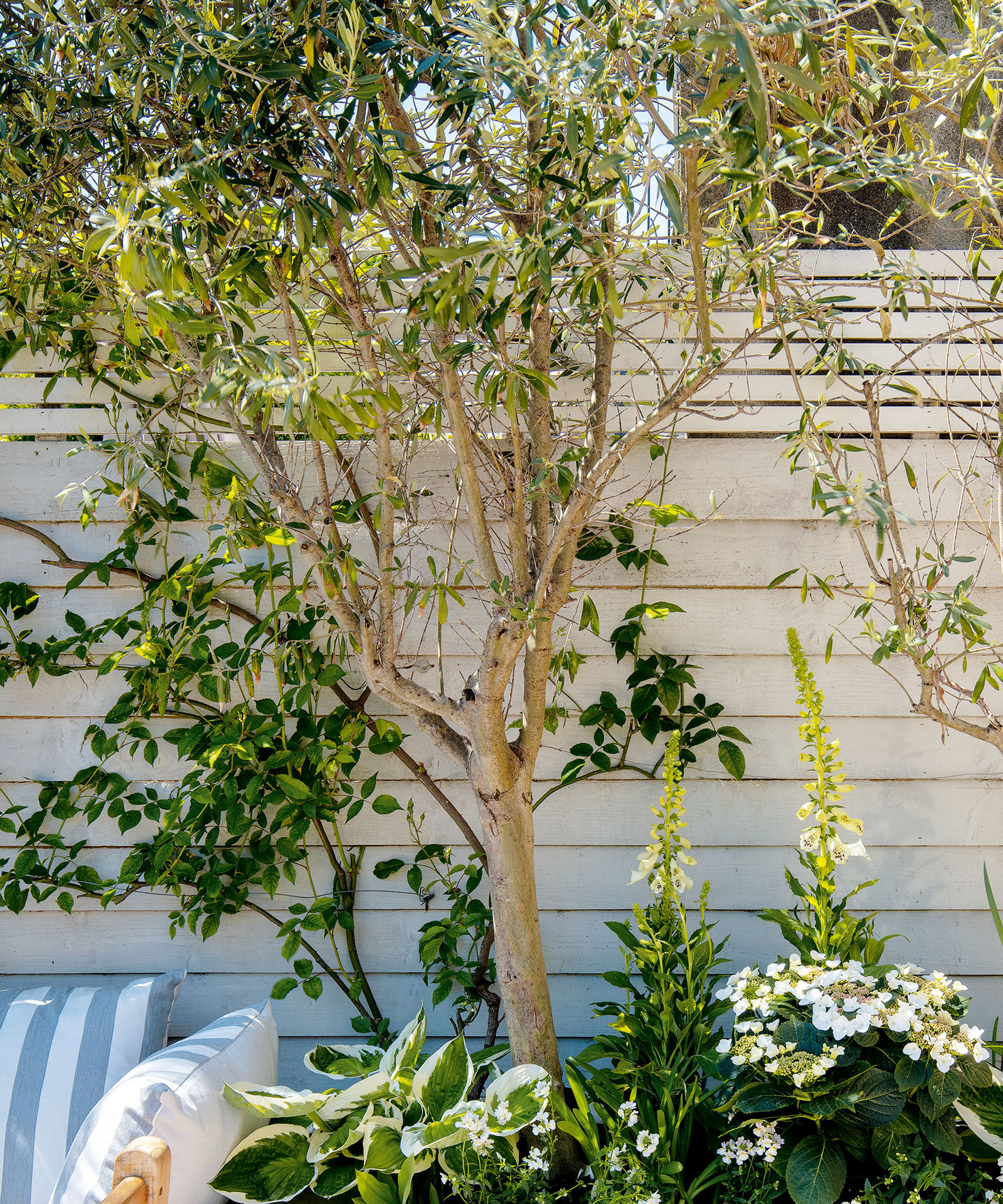

Tony is the retired Head of Arboretum, Gardens & Horticultural Services at the Royal Botanic Gardens, Kew. A famous botanical garden in London, England. He has extensive knowledge of trees from all over the world.
Learn about choosing a tree for your backyard with these simple steps
Not only are they proven to boost our mental wellbeing, trees filter greenhouse gasses and improve air quality. All these benefits mean that every garden, no matter how small, should have a tree.
Whether you have a small or large backyard, one that gets lots of sun or is often in the shade, there's a tree to suit your outdoor space. Our simple steps on how to choose a tree will help you to work out what will be most suitable for your plot.
1. Consider what you want the tree for
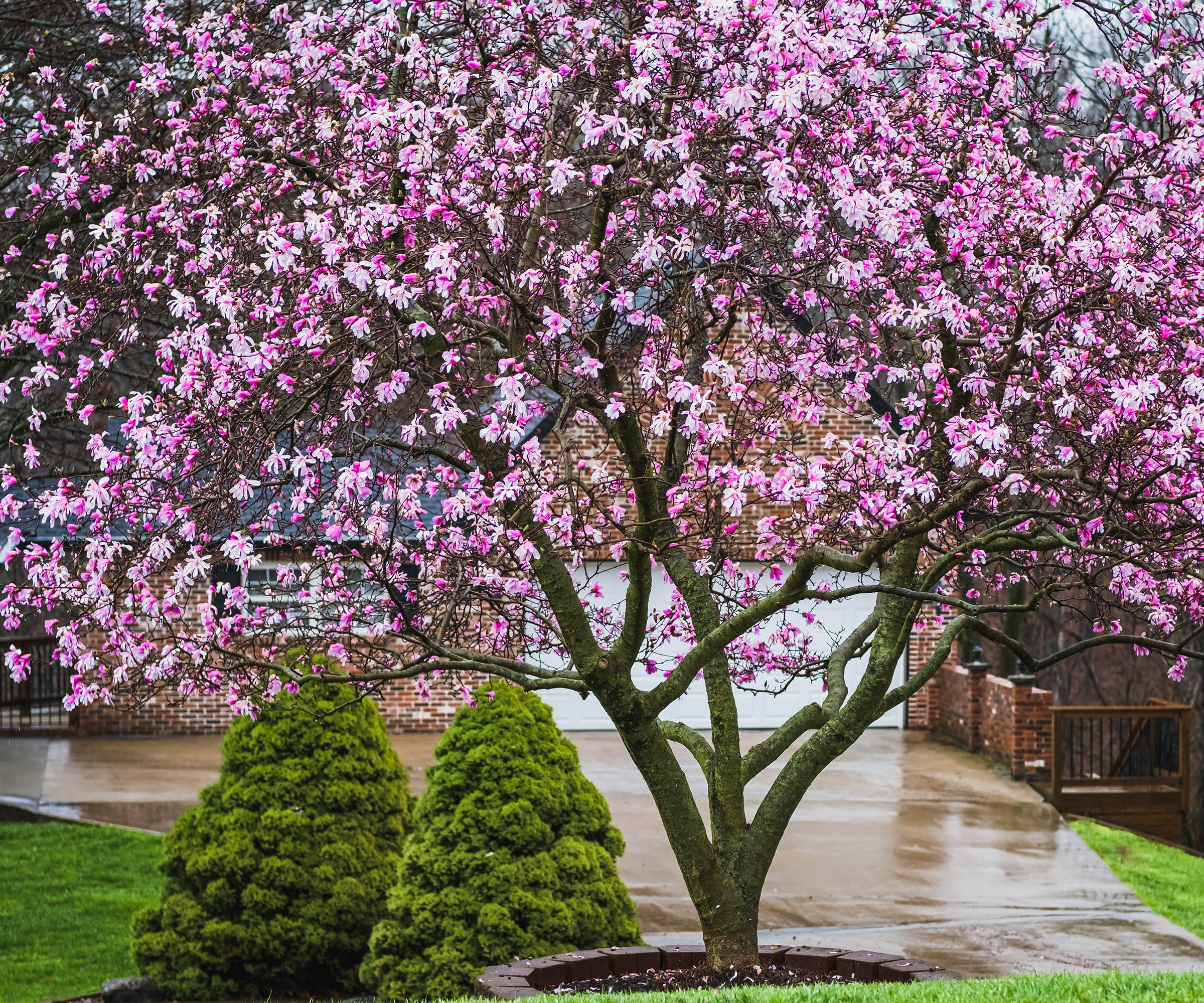
It's important to establish the reasons for why you want to add a tree to your plot. 'Do you want to plant the best trees for privacy,' suggests Tony Kirkham, 'or do you want a single ornamental specimen in the lawn or in a border for seasonal interest or to attract wildlife?'
It might be that you want to opt for evergreens to ensure there is always a leafy backdrop to your plot in the colder winter months when deciduous trees have shed their leaves.
Or perhaps you like the idea of a flowering tree, like the Jane Magnolia at Fast Growing Trees, that will give you a stunning display in spring, or maybe a fruit-bearing tree so you can enjoy a wonderful seasonal harvest.
A good supplier can help with how to choose a tree by suggesting trees suited to your soil type, hardiness zone, light levels, and garden size, as well as extra needs, such as reducing noise pollution or attracting songbirds.
2. Choose a tree to suit the size of your plot
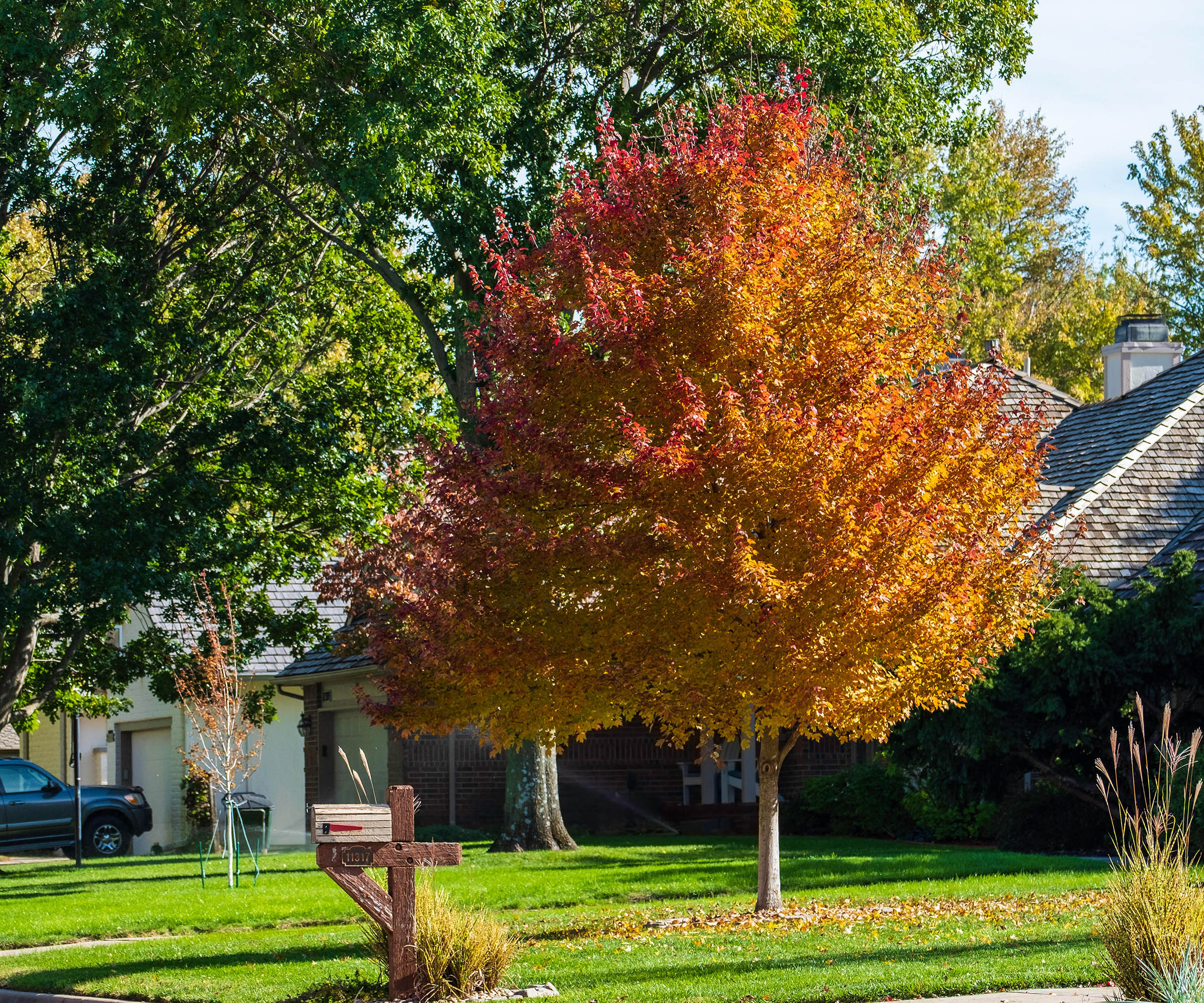
One of the most important things you'll need to consider when choosing a tree is its eventual size. Particularly large trees won't always make the best trees for front yards, for example, while smaller varieties in a large plot might not give you the privacy or reduction in noise pollution that you wanted.
Make sure you seek advice on the eventual height and spread of your chosen tree to ensure it won't take over your backyard. Tony Kirkham also emphasizes taking time to select the right spot for the right tree: somewhere that doesn’t block out too much light or spoil a view and won’t encroach on a neighbor’s garden once fully grown.
When it comes to the best trees for small gardens, the most suitable option is to go for those that perform in more than one season. With limited space for additional trees, you'll need to make sure your chosen variety works hard to justify its inclusion in your plot.
Acer palmatum ‘Sango-kaku’, try 5 Seeds Acer Palmatum 'Sango-Kaku' at Walmart, for instance, offers pink-yellow leaves that mature to lime-green and then burn gold in the fall, as well as red stems that shine in winter. The hazel Corylus avellana ‘Red Majestic’ produces pink catkins in early spring, purple-red leaves in summer, and curly branches that make for spectacular winter interest.
3. Think about the mood you want to create
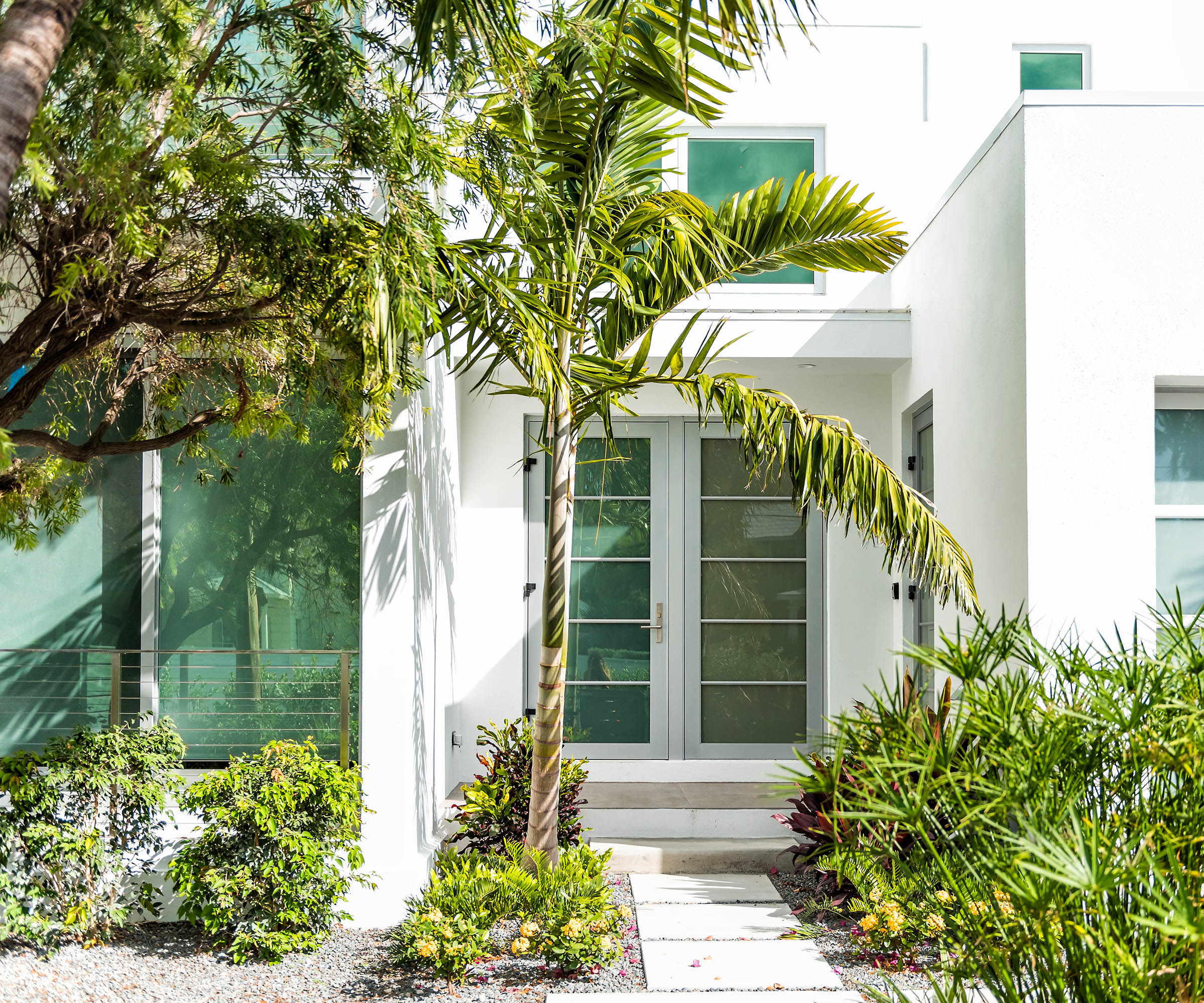
Being so big, trees help to form the style of a backyard, so when choosing a tree for your garden select one that suits the mood you want to create.
For example, palm trees (such as this windmill palm tree at Nature Hills) produce an exotic effect for tropical gardens.
Madronas (Arbutus) have a wonderful Mediterranean look; the silver pear Pyrus salicifolia ‘Pendula’ is elegant and romantic; while apple trees suit traditional cottage garden ideas.
4. Consider the tree's growth rate
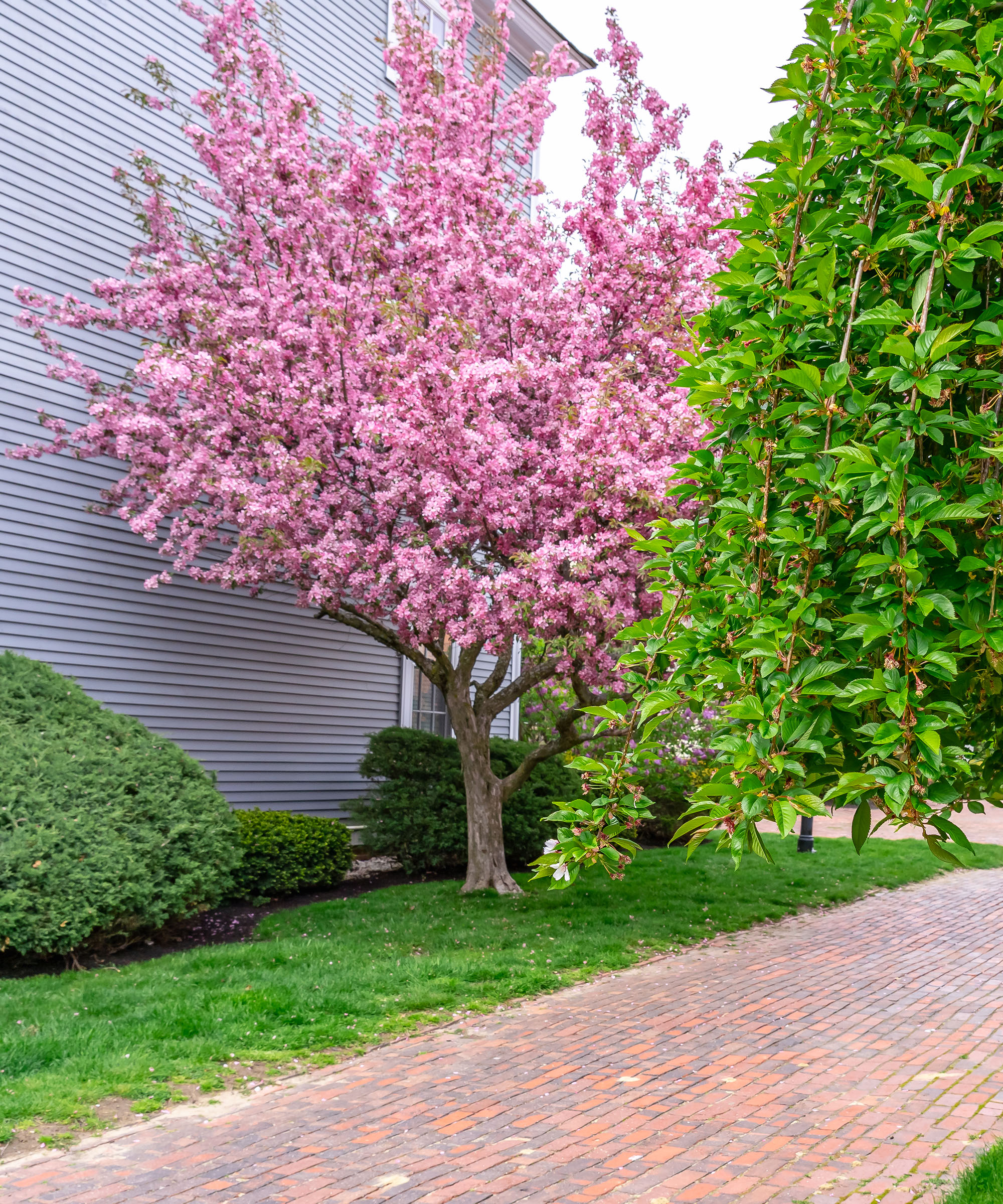
The Judas tree will take several years of growing before it produces flowers
Growth rates of different trees will inevitably vary, which might be a big deciding factor when you're wondering how to choose a tree. The tortoises of the tree world (such as Japanese acers, madronas, and Judas trees) can take years to morph from shrub size to tree size.
At the other end of the speed scale, vigorous fast growing trees can manage 3-6ft a year; they include eucalyptus and Leyland cypress.
It’s also worth noting that some trees – including the beautiful handkerchief and Judas trees (Davidia involucrata and Cercis siliquastrum) – take several years to flower.
5. Bear in mind how a tree will look throughout the year
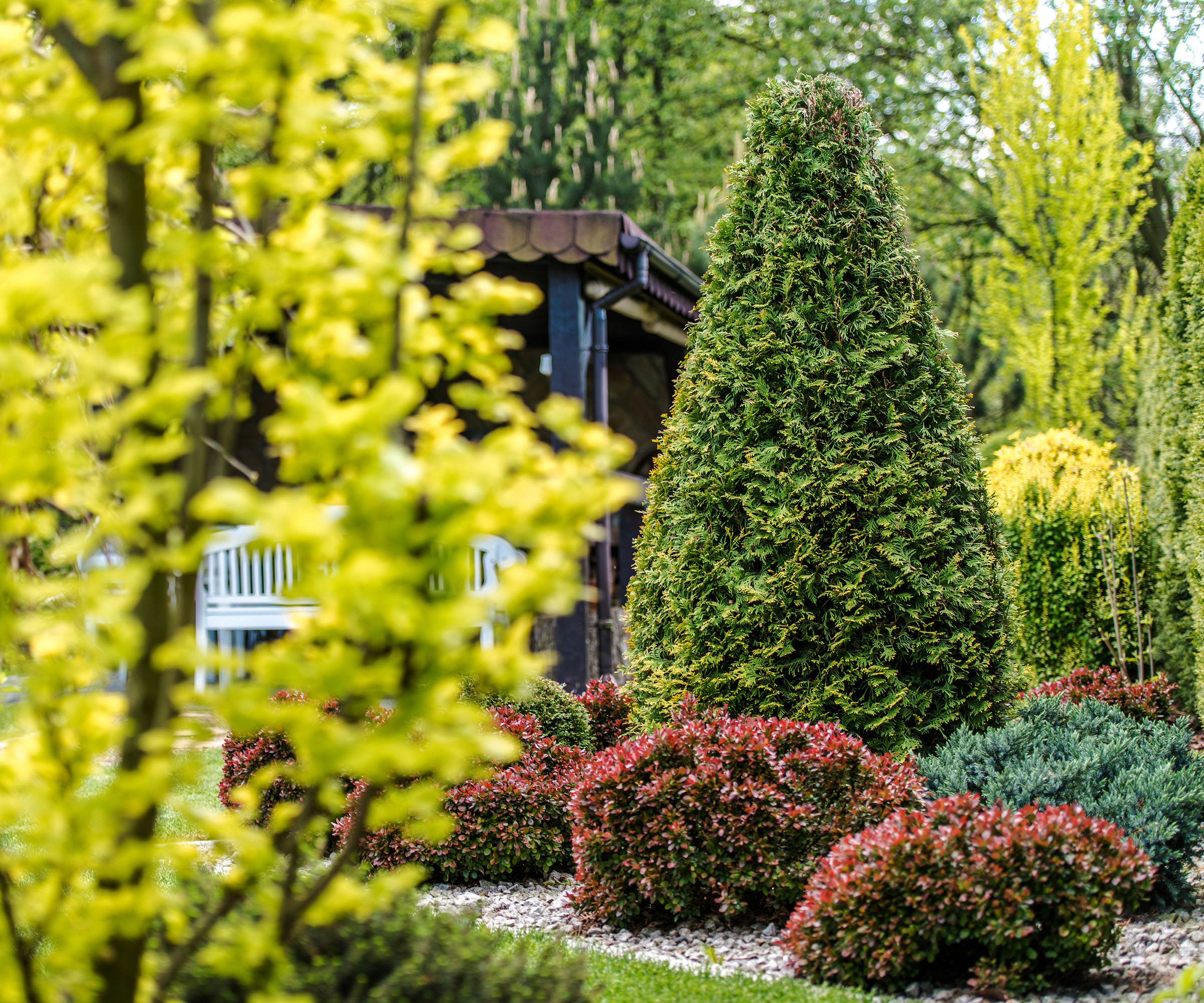
Evergreen trees will provide year-round interest
Another important consideration when choosing a tree for your garden is how it will look at different times of the year. For example, if you want to create a permanent screen to shield your plot from view, you will need to make sure your chosen tree offers year-round foliage.
If you only have room for a couple of different varieties of tree in your yard, it's best to go for options that can provide interest throughout the different seasons.
Evergreens, such as holly and yew, which are available in gold or green forms and can be grown as hedging plants to contain their size. Plants with attractive winter bark also shine throughout the year: Acer griseum has a peeling copper trunk and the boughs of Prunus serrula ‘Branklyn’ resemble polished mahogany. Trees with white bark, such as silver birch are also good options.
But if you want both in one package, Arbutus x reyorum ‘Marina’ has evergreen leaves, as well as cinnamon bark that peels to reveal lime bark beneath; on top of that, it's a great fall tree which boasts autumn flowers, followed by strawberry-like fruit, its only downfall is its slow growth.
You could try Marina Strawberry Tree at Nature Hills.
6. Don't forget about wildlife
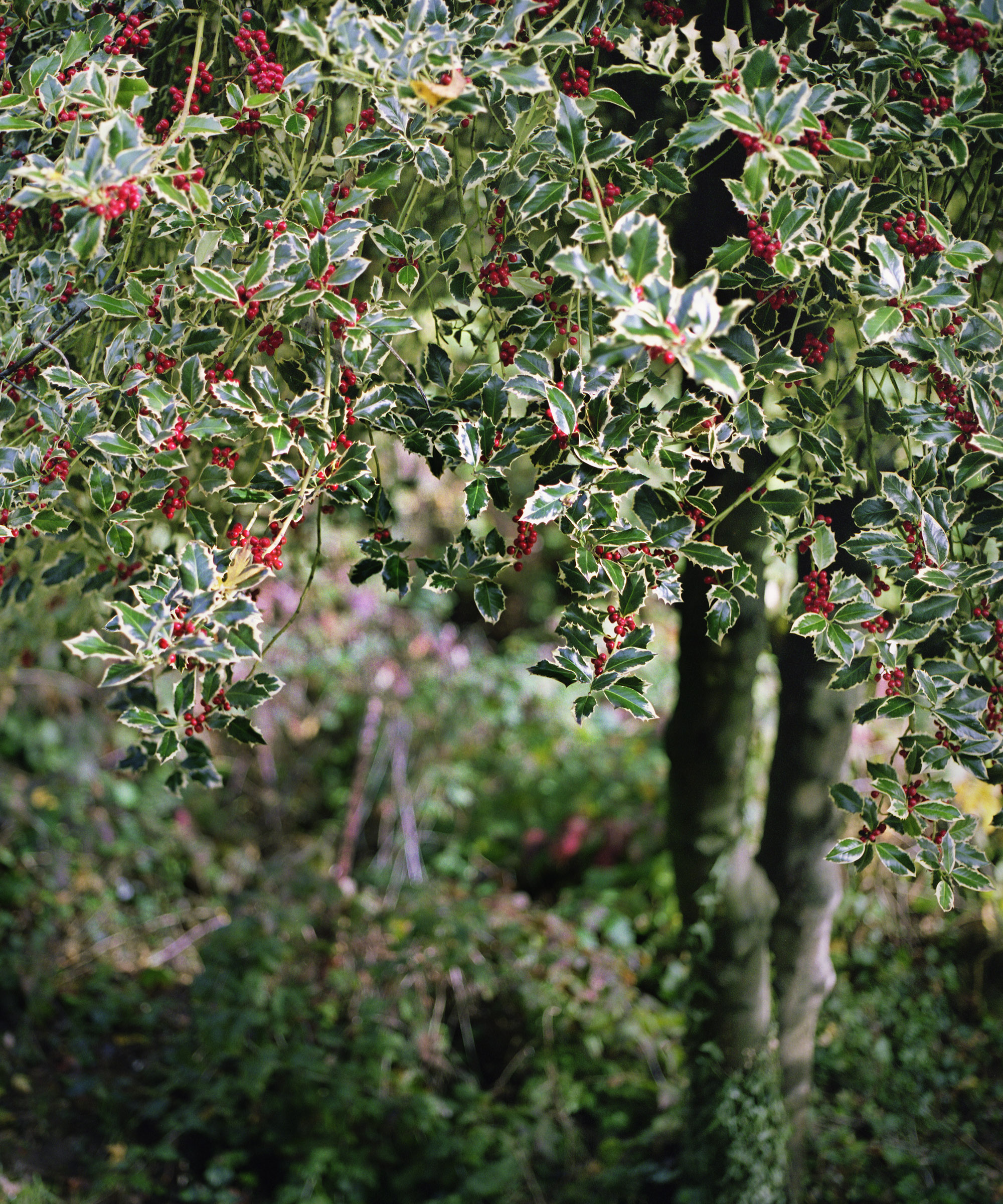
Trees for wildlife help to attract a wide range of insects and creatures, so it's worth remembering this and choosing a tree that will support a wide range of animals and birds.
Rowans (such as rosy-berried Sorbus vilmorinii ‘Pink Charm’) and crabapples (such compact Malus ‘Adirondack’) provide nectar-rich spring blossom for bees, as well as autumn fruit for feeding birds in winter. Look for fast-growing flowering trees when choosing a tree for your garden if you want to provide pollen for insects.
Trees with red berries such as hollies (such as self-fertile Ilex aquifolium ‘J.C. van Tol’) offer birds evergreen shelter and winter berries. And birch trees (such as blush-barked Betula utilis subsp. albosinensis 'Pink Champagne’) provide birds with seeds and a wealth of insects.
7. Opt for container grown trees in small spaces
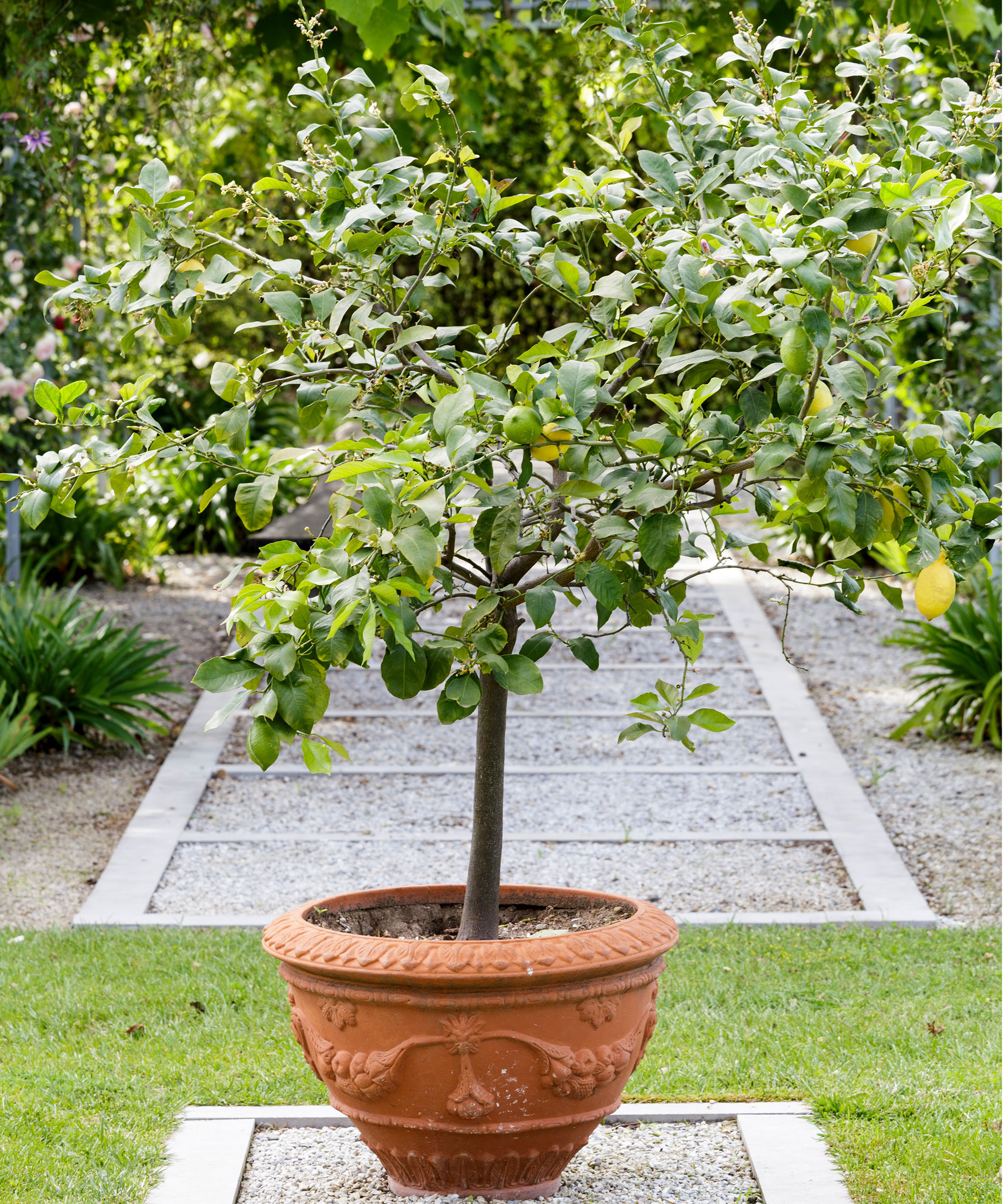
In small backyards, on patios or even balconies, varieties of trees to grow in pots might be your only option if you have limited planting space or need to restrict its eventual growth. This can be done successfully if they are compact.
Small Japanese maples (such as ‘Beni-maiko’, which has spectacular autumn leaves) are one of the best choices for containers. As are bay trees grown as lollipop standards.
Apple trees on dwarfing rootstock are also excellent in containers. Tony points out that a few large trees adjust to pots by suppressing their growth: 'These naturally develop into bonsai trees while still looking healthy and happy.' He recommends Ginkgo biloba, which has golden leaves in fall, and pink-flowered Albizia julibrissin for this.
8. Choose fruit trees for homegrown harvests
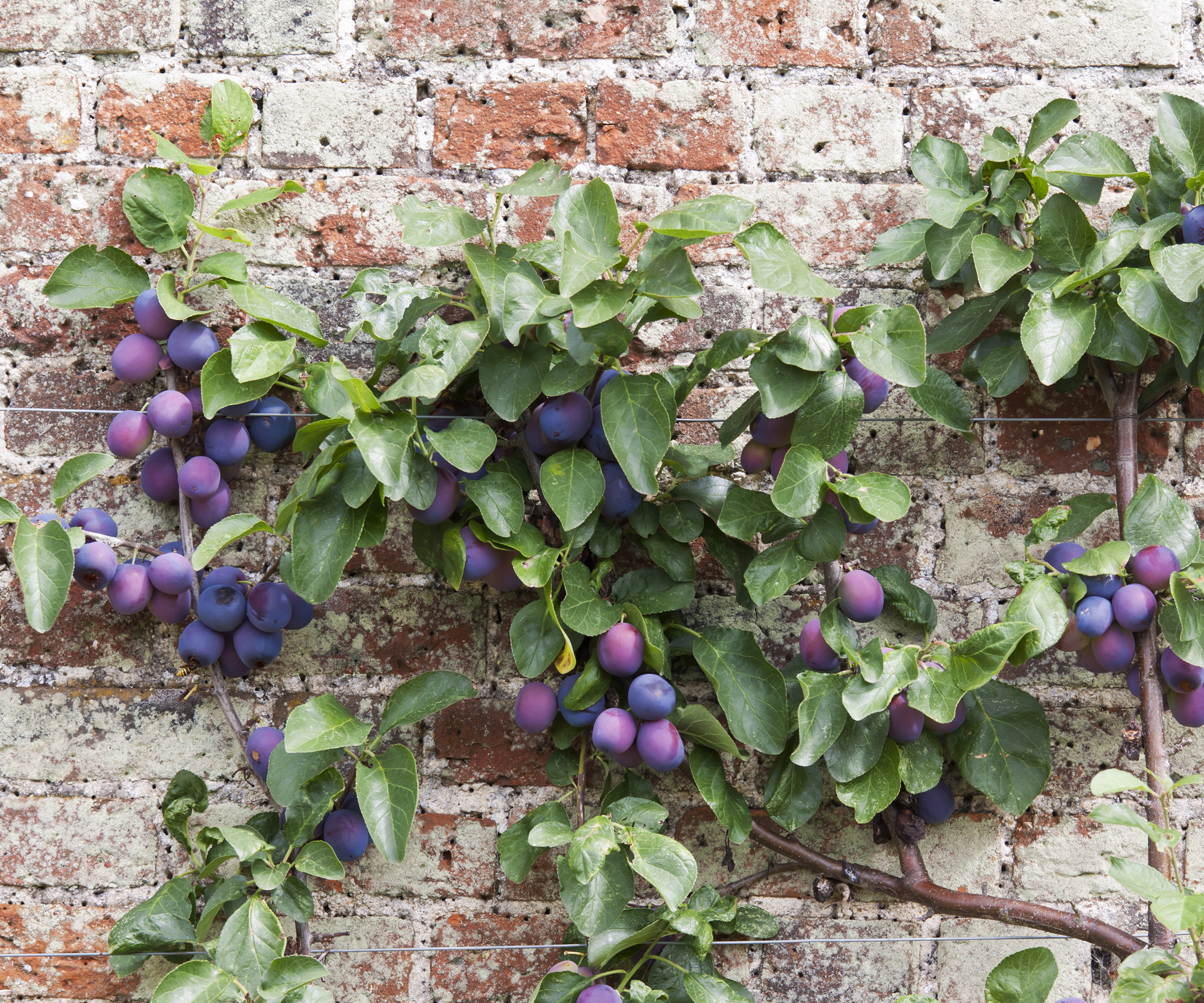
Fruit trees can give you more bang for your buck. Not only will they give you something beautiful to look at in your plot, you'll also get to enjoy a delicious crop of fruit. There are plenty of dwarf varieties of fruit trees that will work in a small space, so don't let the compact size of a plot deter you from growing fruit trees.
If you like apples then choosing a tree for your garden is an easy task as they make fantastic garden trees, providing blossom and fruit.
Since fruit trees require pruning, they may not suit someone wanting the best low-maintenance trees.
9. Plant it at the right time of year
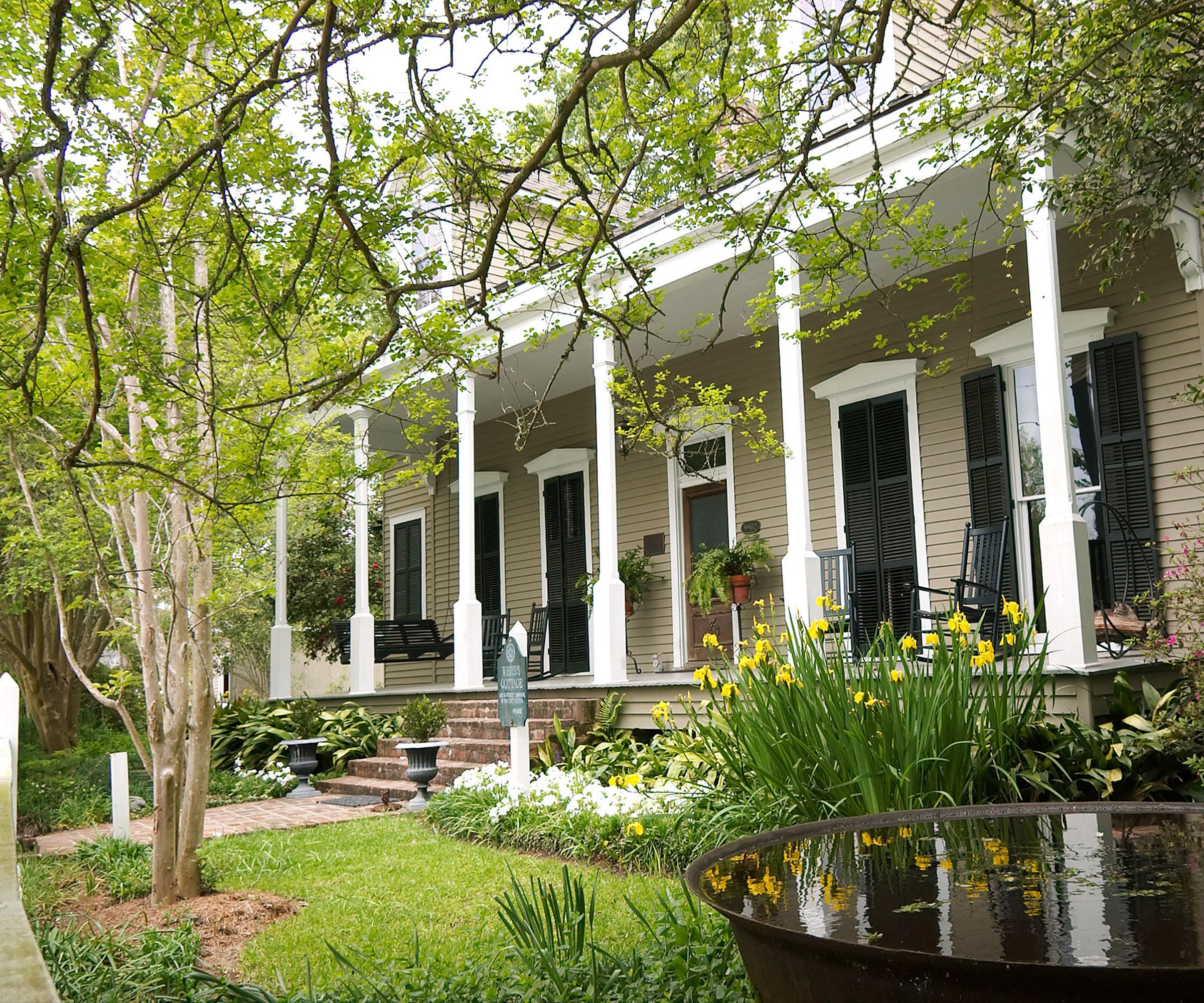
Container-grown trees can go in the ground at any time of year, but are best planted between October and April.
Root-ball and bare-root trees, which are often cheaper and arguably establish faster, should be planted from fall through winter. In all instances, it is best to purchase from a reputable specialist tree or fruit nursery to ensure quality.
10. Avoid species that are too large
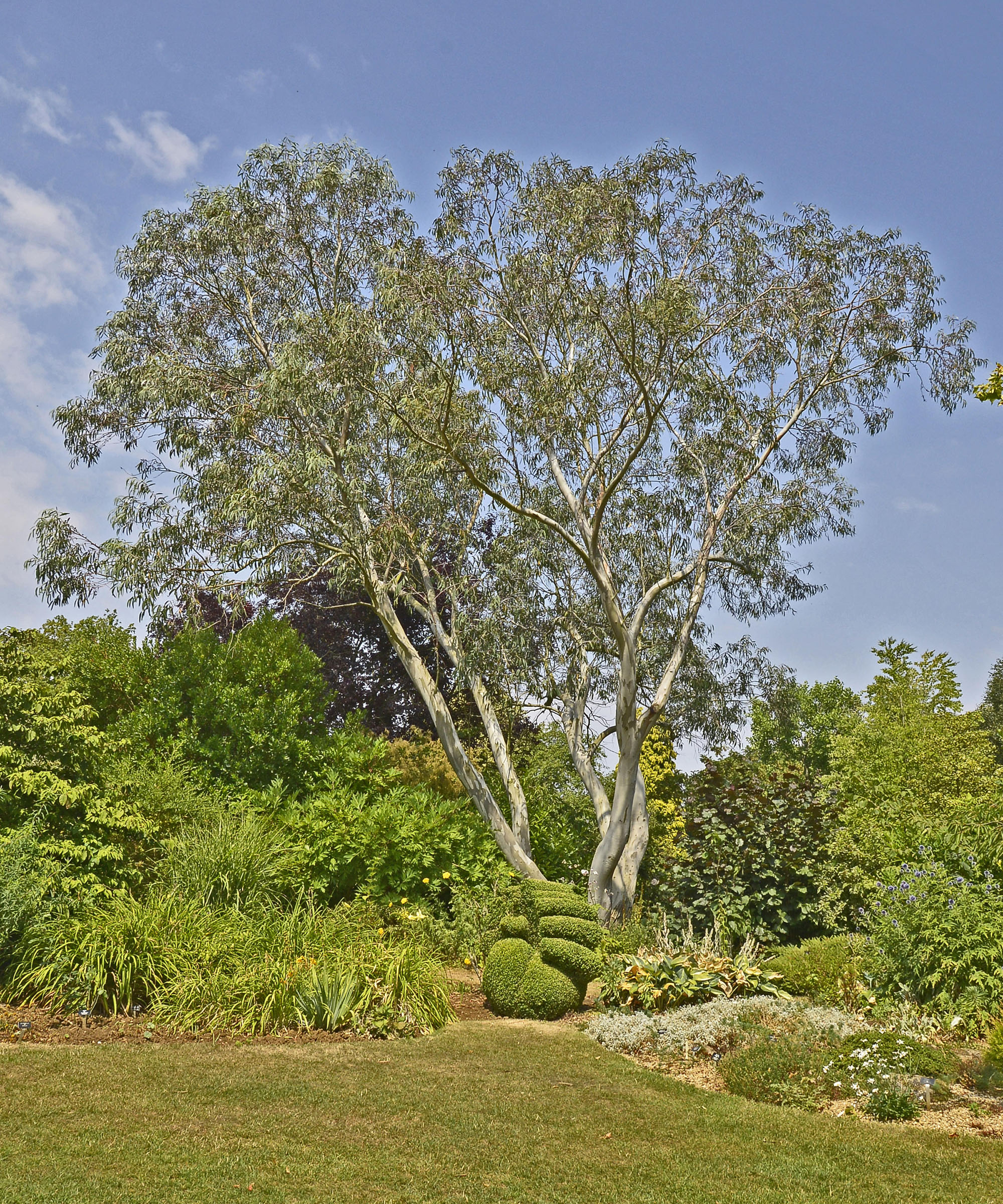
Unless you live in a large home, avoid giant trees (such as oak and cedar of Lebanon), which will dwarf your house. Eucalyptus has a bad reputation because people grow it to create size at speed, and it eventually surges to a whopping 80ft. This can often create neighbor disputes. However, its size can be controlled with pruning.
FAQs
What is the closest a tree should be to a house?
Work out what the overall height of the tree is when mature and plant it three-quarters of its height away from the house, advises Tony Kirkham, head arborist at Kew Gardens in London, UK. 'So, a large tree such as an English oak (Quercus robur), which will grow to 100ft, should be planted no closer than 72ft away from the property.'
Which trees add structure?
Cypresses grow into columnar rockets and monkey puzzles have an open, rigid architectural form. Plus, some trees can be trained or cut into incredible lines and shapes. For example, lime (Tilia platyphyllos ‘Rubra') can be pleached (grown into an elegant narrow screen) and holly can be clipped into pyramids or boule standards that resemble huge green lollipops.
And if you're wondering how to choose a tree which will add structure without casting too much shade, go with columnar trees, such as white-flowered Amelanchier ‘Obelisk’ or ‘Glenn Form’ and pink-flowered cherries ‘Spire’ or ‘Amanogawa’. All of which have fiery Fall color.
If you're looking for ways to add structure to a shady plot, there are plenty of trees for shade that will happily grow in an area of your backyard that doesn't receive much sun.
Every backyard, no matter how small, should try and find space for a tree. They improve air quality, as well as being great element for sensory gardens, giving a mindful boost to our outdoor spaces.
Sign up to the Homes & Gardens newsletter
Design expertise in your inbox – from inspiring decorating ideas and beautiful celebrity homes to practical gardening advice and shopping round-ups.

Teresa was part of a team that launched Easy Gardens magazine two years ago and edited it for some time. Teresa has been a Gardens Editor at Homes & Gardens, Country Homes & Interiors and Living Etc magazine since 2020 and has developed close working relationships with top garden designers, and has been exposed to an array of rich garden content and expertise.
-
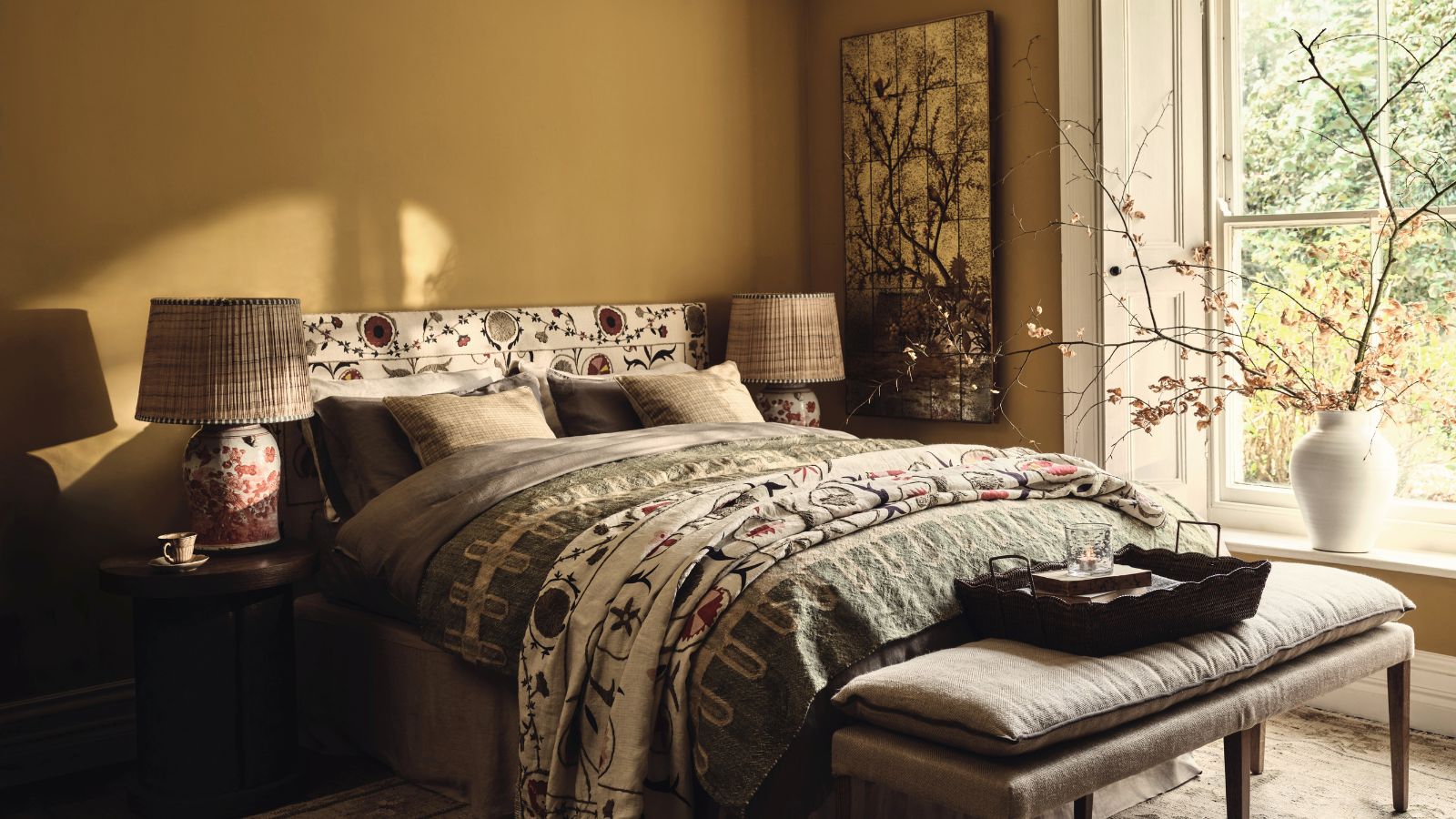 I gave the ‘try-for-five’ method a go in my small home – it's a brilliantly easy way to beat chore procrastination in seconds
I gave the ‘try-for-five’ method a go in my small home – it's a brilliantly easy way to beat chore procrastination in secondsThis method is great for those with executive dysfunction
By Chiana Dickson Published
-
 Josh Brolin’s maximalist living room: love it or hate it? Our readers were split, but where do you stand on this memorabilia-packed space?
Josh Brolin’s maximalist living room: love it or hate it? Our readers were split, but where do you stand on this memorabilia-packed space?Maximalism has a way of dividing opinions among design aficionados, and few spaces are quite as decisive as the actor's unique, yellow living room
By Megan Slack Published